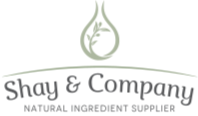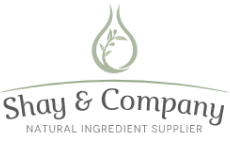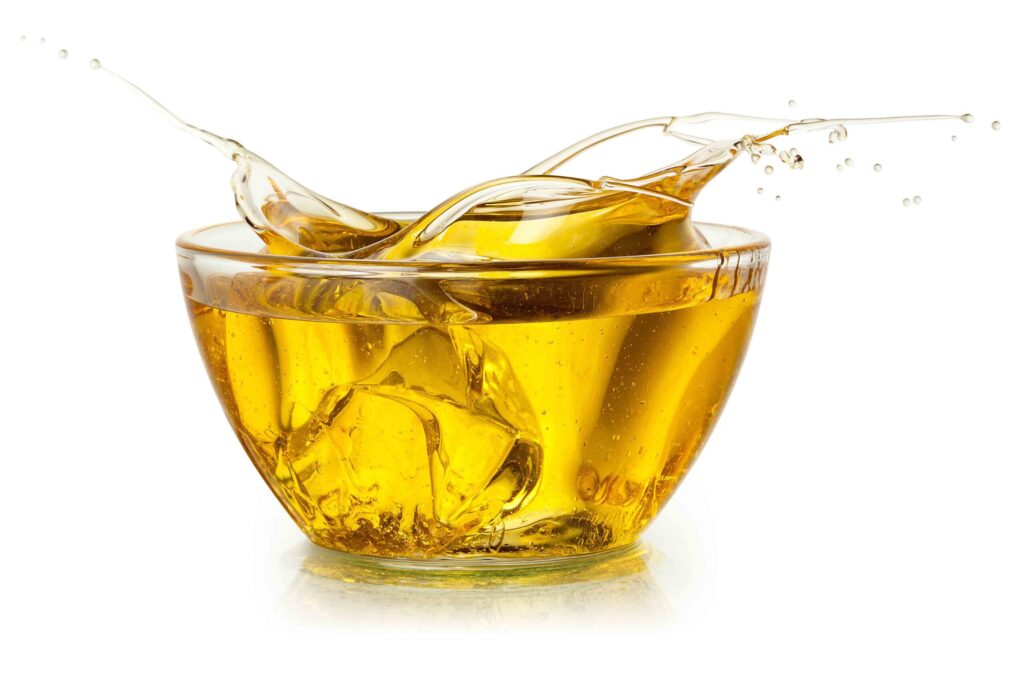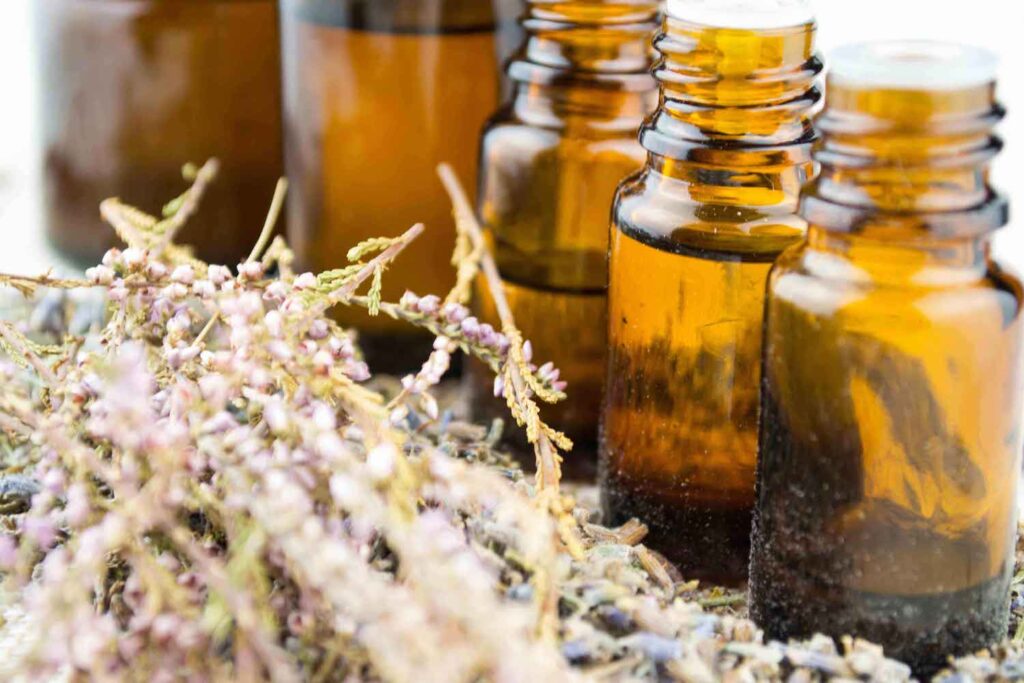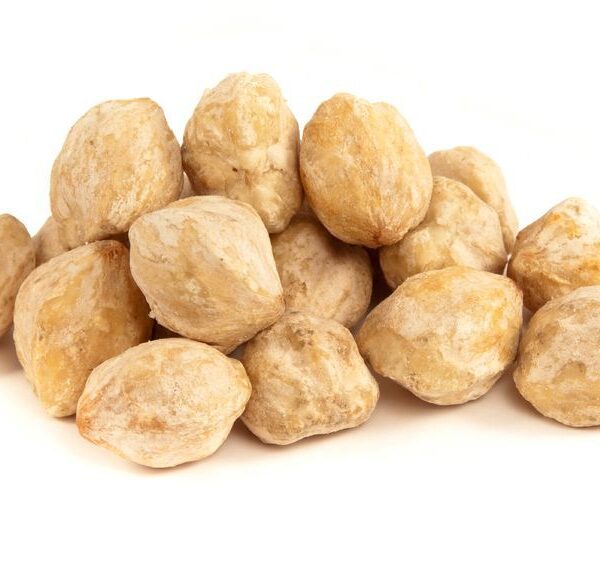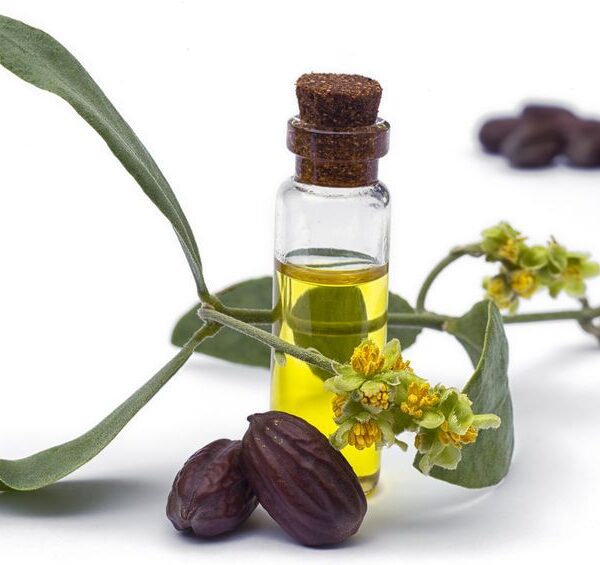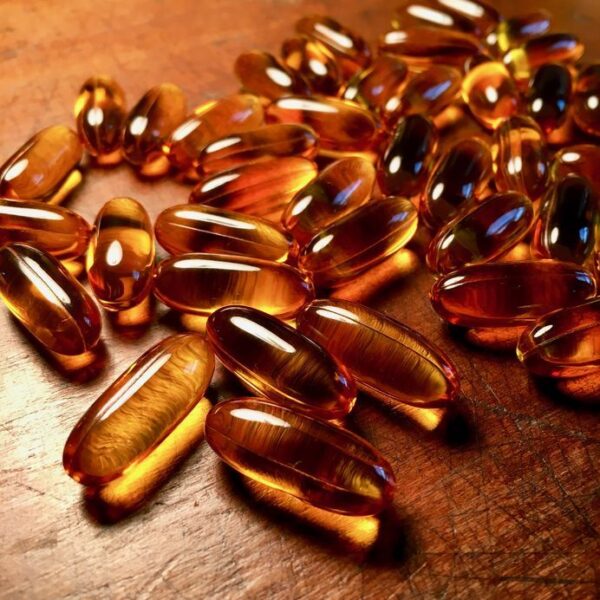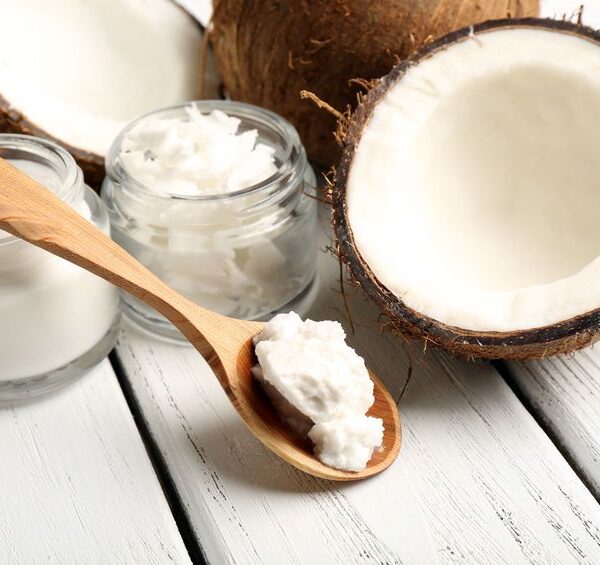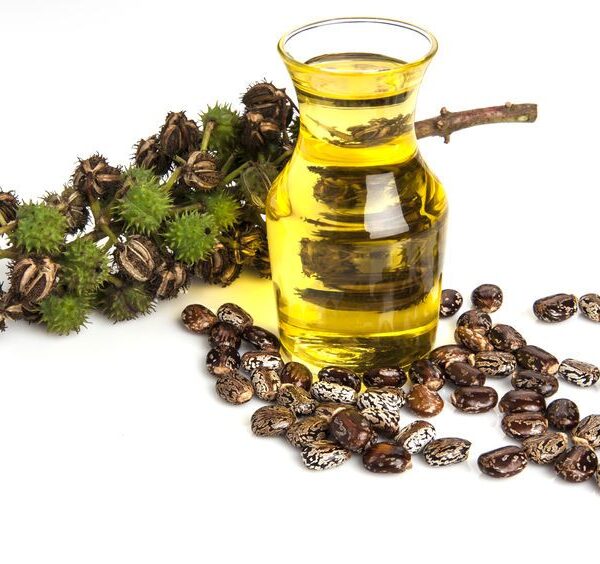Retinaldehyde 6% Encapsulated Concentrate
Ingredients/Tech Specs:
CTFA Name: Retinal, Water, Vegetable Glycerin, Caprylic/Capric Triglyceride, Polysorbate 80 (Vegetable Derived), Inulin Lauryl Carbamate, Sucrose Laurate, 1,2 Hexanediol, Hydroxyacetophenone
INCI Name: Retinal, Water, Vegetable Glycerin, Caprylic/Capric Triglyceride, Polysorbate 80 (Vegetable Derived), Inulin Lauryl Carbamate, Sucrose Laurate, 1,2 Hexanediol, Hydroxyacetophenone
COUNTRY OF ORIGIN: China
Packaging: Amber glass bottles
Description: Light yellow oil; Almost odorless.
Applications: Skincare, Soap Manufacturing, Hair care
Benefits: anti-wrinkle, anti-acne, exfoliating, more gentle than retinol, brightening, reducing dark spots, more even skin tone, natural collagen production, reducing fine lines, thicken skin by promoting differentiation and proliferation of keratinocytes in the epidermis,
Suggest levels of usage: 1-3%
Suggested method of use: Add a temperatures below 37°C/98.6°F, then blend until evenly distributed.
Retinaldehyde is the premier version of retinoic acid to be used in skincare formulas. There is a lot of talk now about the benefits of retinoic acids, and their harshness on skin. Retinaldehyde is the industry best for daily use without causing the severe irritation of retinol.
Retinaldehyde 6% is a more gentle version of retinol. Easily used on all skin types and creates less irritation. Excellent exfoliant. Works to help decrease visible signs of wrinkles, dark spots, uneven skin tone and acne. Retinal 6% must be incorporated into another formula and cannot be used directly on the skin.
6% Retinaldehyde is a special encapsulated skincare ingredient creating an excellent delivery system for retinaldehyde. Retinaldehyde has been shown to effectively penetrate the skin, while minimizing the traditional redness and peeling experienced with retinol based products.
What are the key benefits of using retinaldehyde in skincare formulas?
Boosts natural collagen production- this is a key step in creating firmer skin over the long run. As we age, we lose the natural collagen in our skin. Using skincare formulas containing retinaldehyde helps to boost the skin’s natural collagen production. This creates firmer skin over the long-time use of retinaldehyde products.
Reduces fine lines and wrinkles- retinoic acid stimulating products are specifically used to help reduce fine lines and wrinkles. The technology used in retinaldehyde allows it penetrate into the skin. This helps to exfoliate the top layer of aging skin, and helps to bring more youthful looking skin to the surface. Through long-term use of retinaldehyde products, the skin coming to the surface will be firmer and show less wrinkles.
Improved skin tone and texture- the application of retinaldehyde products helps to remove that top layer of dead skin, creating smoother firmer skin.
Reduces dark spots and helps with hyperpigmentation– Retinaldehyde is one of the best ingredients to use in skincare formulas targeting dark spots, sun spots and hyperpigmentation. Sun exposure, environmental damage and just getting old creates uneven skin tone and discoloration. Retinaldehyde works to go beneath the top layer, into the new cells, making them brighter and more even.
How does retinol become retinoic acid on the skin?
Retinol has to be converted to retinaldehyde, then again to retinoic acid on the skin to become active. This process can create irritation on the skin, especially when used in large concentrations.
When retinol is applied to the skin it penetrates down into the dermis and epidermis. At this point it undergoes an enzymatic change, converting it to retinaldehyde (also known as retinal). The retinol is oxidated, removing a hydrogen atom.
The next step is the oxidation of retinaldehyde into retinoic acid.
Retinoic acid is the active form of vitamin A that is usable by the skin. This is the ingredient that does the work. By using retinal 6% (retinaldehyde) instead of retinol product, you are decreasing the number of changes the ingredient has to go through, allowing it to work faster and decreasing the irritation on the skin.
How does Retinaldehyde 6% differ in irritation from other retinol based ingredients?
Retinaldehyde 6% is an encapsulated ingredient specifically designed to target those deeper cells, already depositing retinaldehyde into the skin, promoting cell turnover with less side-effects than retinol.
Retinaldehyde 6% is also more stable over time, due to its encapsulated form. This allows it to maintain its effectiveness and potency.
How to use Retinaldehyde 6% in your formulas?
Retinaldehyde 6% is an oil based ingredient and can be incorporated into the oil phase of your product. You will add the Retinal 6% at the end, during the cooling phase as it is best added at 98.6°F or lower.
You can add Retinaldehyde 6% directly into existing bases, such as lotions, creams or serum bases. You will gently heat the Retinaldehyde 6% just until it becomes easily fluid, then add into the formula and blend. Do not high speed sheer mix as it is not necessary. Simply blending in fully at a slow speed will be sufficient.
Retinaldehyde 6% is also easier for customers to incorporate into their daily routine. When introducing retinol based formulations, customers can only use them 1-3 times per week, and sometimes that is the maximum they can use them. Products designed with Retinal 6% can often be used daily, sometimes almost from the beginning.
Retinaldehyde 6% is sold in 4 ml amber glass vials, 1-ounce amber glass bottles with dropper, 4-ounce amber glass, 8-ounce amber glass, 16-ounce amber glass bottles.
Short Term Storage: Air tight container. Dark location. Cool room temperature.
Long Term Storage: Removing air from storage container will delay oxidation and rancidity (may need to place in a smaller container). Refrigeration can extend shelf life.
Best Used By: One year from date of purchase.
Shelf Life: See C of A for lot specific expiration dates.
FAQ’s:
Can I use Retinaldehyde 6% directly on my skin?
No. You must blend this into a formula or oil, then apply to the skin. Max suggested concentration is 3%.
What is Inulin Lauryl Carbamate?
This is naturally derived ingredient from inulin then combined with lauryl carbamate. This creates an ingredient that is used for its moisturizing benefits.
What is Sucrose Laurate?
A naturally derived ingredient from sugar and lauric acids (often from coconut or palm oil). Sucrose Laurate is used to help stabilize formulas.
What is 1,2 Hexanediol?
1,2 Hexanediol is a colorless, odorless liquid used in skincare formulas for its hygroscopic properties. This means it helps attract and hold water, making it an excellent solvent in skincare formulas.
What is Hydroxyacetophenone?
Hydroxyacetophenone is used as an antioxidant in skincare formulas, helping to stabilize them and reduce oxidation. It also helps to boost hydration on the skin, giving products good skin feel and moisture retention.
